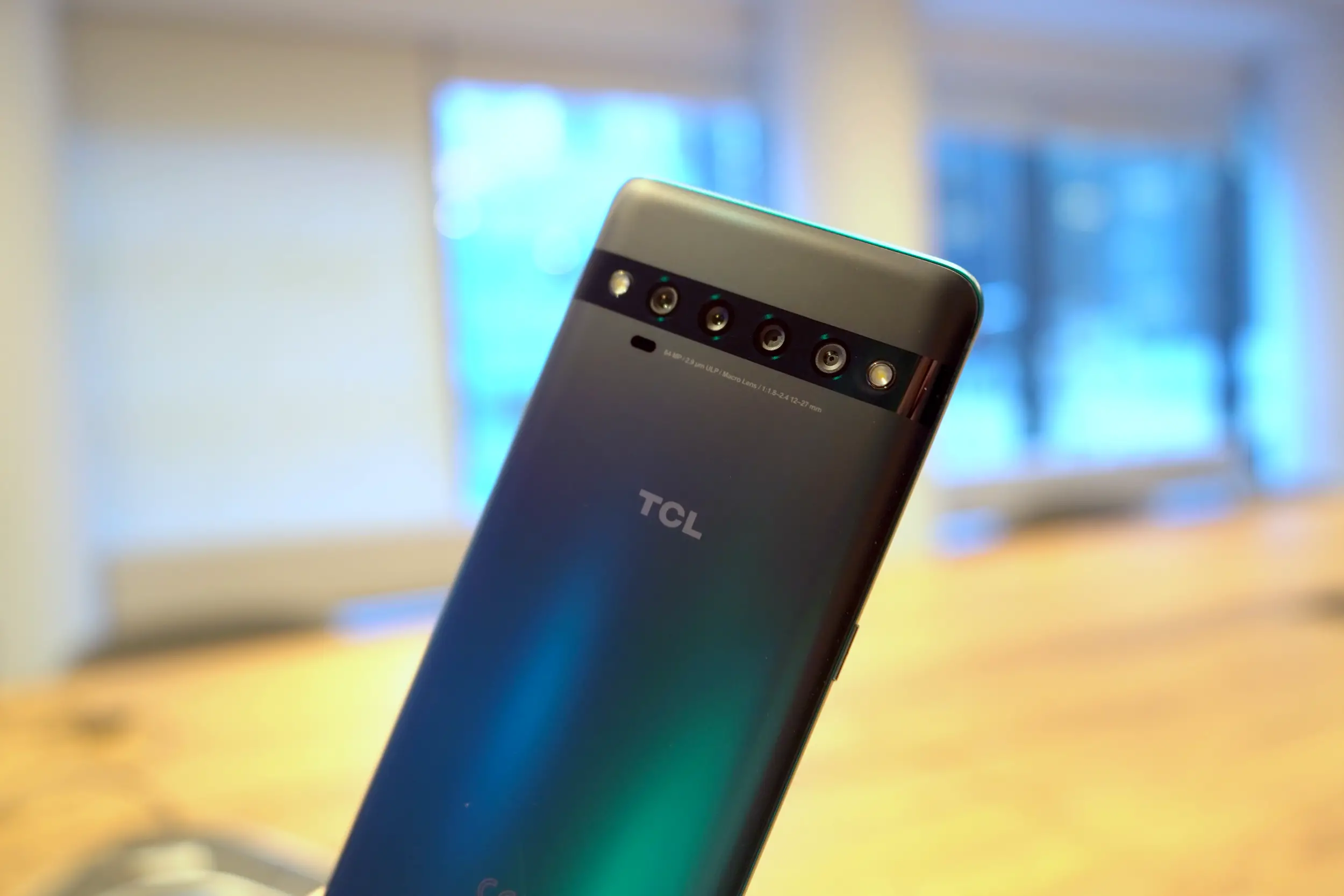Definition - What does Processor mean?
A processor is an integrated electronic circuit that performs the calculations that run a computer. A processor performs arithmetical, logical, input/output (I/O) and other basic instructions that are passed from an operating system (OS). Most other processes are dependent on the operations of a processor.
The terms processor, central processing unit (CPU) and microprocessor are commonly linked as synonyms. Most people use the word “processor” interchangeably with the term “CPU” nowadays, it is technically not correct since the CPU is just one of the processors inside a personal computer (PC).
The Graphics Processing Unit (GPU) is another processor, and even some hard drives are technically capable of performing some processing.
Techopedia explains Processor
Processors are found in many modern electronic devices, including PCs, smartphones, tablets, and other handheld devices. Their purpose is to receive input in the form of program instructions and execute trillions of calculations to provide the output that the user will interface with.
A processor includes an arithmetical logic and control unit (CU), which measures capability in terms of the following:
Ability to process instructions at a given time.
Maximum number of bits/instructions.
Relative clock speed.
Every time that an operation is performed on a computer, such as when a file is changed or an application is open, the processor must interpret the operating system or software’s instructions. Depending on its capabilities, the processing operations can be quicker or slower, and have a big impact on what is called the “processing speed” of the CPU.
Each processor is constituted of one or more individual processing units called “cores”. Each core processes instructions from a single computing task at a certain speed, defined as “clock speed” and measured in gigahertz (GHz). Since increasing clock speed beyond a certain point became technically too difficult, modern computers now have several processor cores (dual-core, quad-core, etc.). They work together to process instructions and complete multiple tasks at the same time.
Modern desktop and laptop computers now have a separate processor to handle graphic rendering and send output to the display monitor device. Since this processor, the GPU, is specifically designed for this task, computers can handle all applications that are especially graphic-intensive such as video games more efficiently.
A processor is made of four basic elements: the arithmetic logic unit (ALU), the floating point unit (FPU), registers, and the cache memories. The ALU and FPU carry basic and advanced arithmetic and logic operations on numbers, and then results are sent to the registers, which also store instructions. Caches are small and fast memories that store copies of data for frequent use, and act similarly to a random access memory (RAM).
The CPU carries out his operations through the three main steps of the instruction cycle: fetch, decode, and execute.
Fetch: the CPU retrieves instructions, usually from a RAM.
Decode: a decoder converts the instruction into signals to the other components of the computer.
Execute: the now decoded instructions are sent to each component so that the desired operation can be performed.
Hey My Readers and Visitirs If You Like Us or Our Web Site Please Share and Link back To My Site ... Take Care .,.,.






























.png)